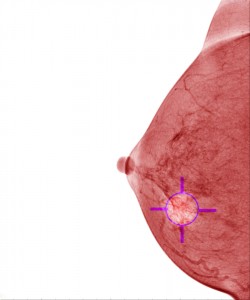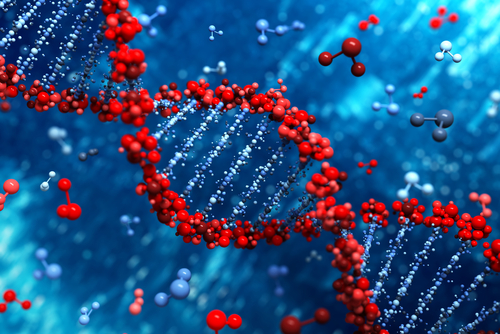 In a recent study published in JAMA, Penn Medicine researchers found that a significant number of women who are treated for early-stage breast cancer in the U.S. receive long periods of unnecessary radiation therapy.
In a recent study published in JAMA, Penn Medicine researchers found that a significant number of women who are treated for early-stage breast cancer in the U.S. receive long periods of unnecessary radiation therapy.
The results from this study show that most women, after receiving breast conserving surgery, undergo between 6 to 7 weeks of radiation therapy treatment even though there have been several clinical studies demonstrating 3 weeks of radiotherapy (hypofractionated whole breast radiation) is sufficient and more cost-effective.
“Hypofractionated radiation is infrequently used for women with early-stage breast cancer, even though it’s high-quality, patient-centric cancer care at lower cost,” lead author Justin E. Bekelman, said in a news release. “It is clinically equivalent to longer duration radiation in curing breast cancer, has similar side effects, is more convenient for patients, and allows patients to return to work or home sooner.”
Whole breast radiation delivered every day over a period of 5 to 7 weeks has been the standard of care in the U.S. for women suffering from early-stage breast cancer.
However, hypofractionated whole breast radiation, involving higher doses of radiation but a lower time of treatment, has already been approved by 4 different randomized studies and by the 2011 practice guidelines from the American Society for Radiation Oncology (ASTRO).
In this study, the team found that in 2013, 34.5% of women older than 50 years of age received hypofractionated therapy, compared with only 10.6% in 2008. However this trend was lower in younger women and in those with advanced cancers, with 21.1 % receiving hypofractionated therapy in 2013, compared with 8.1% in 2008.
Furthermore, researchers observed that the used of hypofractionated radiation therapy was able to lower health care costs in the first year after diagnosis by 10%, decrease time away from work and home, and generally improve a patient’s quality-of-life.
[adrotate group=”1″]
“Hypofractionated radiation is high-value care and high-quality breast cancer treatment that saves the health care system money. It’s a win-win. And yet, only a third or fewer women are getting it in the U.S., while in other countries over 70 percent of women receive hypofractionated treatment,” senior author Ezekiel J. Emanuel said in the news release. “Everything out there says we ought to be treating more women with hypofractionated therapy, and it’s only a matter of how we make that happen,” added Dr. Bekelman.
“This is solid, actionable information for health plans to have because it helps in collaborating with providers to develop different approaches to payment, such as flat fee schedules or bundled payments, that can improve patient experience while potentially reducing costs and maintaining the same or better health outcomes,” concluded Jennifer Malin, MD, Anthem’s oncology medical director.


